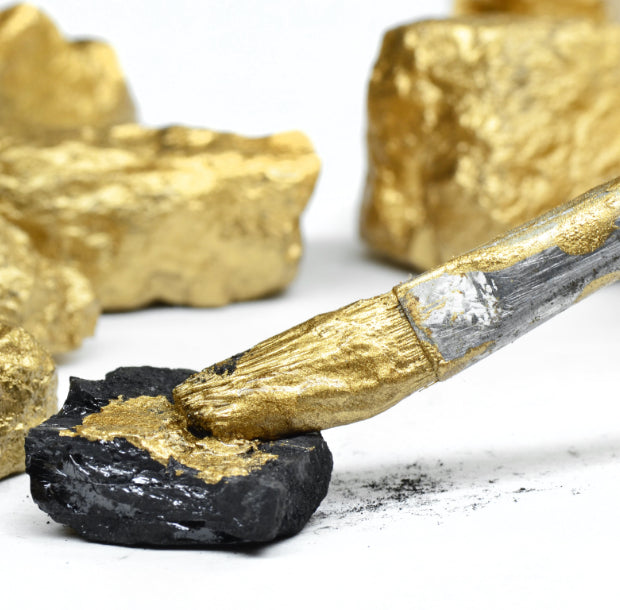Wall Street is filled with talk of the risk of stagflation, which is slowing economic growth at a time of rising prices. There’s no doubt of the latter. Inflation is up sharply, as the cost of energy, supply chain bottlenecks and raw material shortages cause prices of goods to climb. The debate is whether the economy is slowing down—as reductions in hiring during August and September may portend—after a powerful 6.7 percent gross domestic product expansion in the second quarter of 2021.
If indeed we do end up experiencing stagflation, history says that is a bullish environment for gold. Since 1973, gold has delivered an average annualized return of 32.2 percent during periods of stagflation, according to a World Gold Council analysis. That makes gold the best performing investment asset during such periods. By comparison, the Standard and Poor’s 500 stock index fell an average 6.6 percent during periods of stagflation and non-U.S stocks dropped 11.6 percent. Fixed income investments performed far better than stocks. U.S. Treasury bonds climbed 9.6 percent and U.S. corporate bonds were up 6.1 percent. A broad basket of commodities also performed well, rising 17.5 percent during stagflationary periods.
The World Gold Council defines a period of stagflation as any quarter in which inflation accelerates and economic growth decelerates on a year-over-year basis. The analysis found 68 such periods since 1973.
One caveat about the findings. Stagflation was most pronounced in the 1970s. While that decade had a significant impact on the results, gold still has a solid record of outperformance during more recent periods of stagflation.
Real Time Precious Metals Data Below







